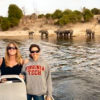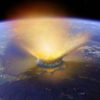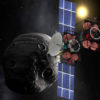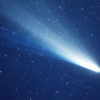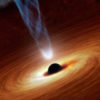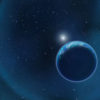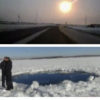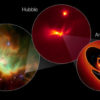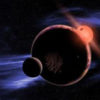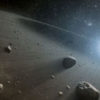Hubble has given astronomers their clearest view yet of ISON, a newly-discovered sun-grazer comet that could light up the sky later this year. Astronomers are keenly interested in ISON as it offers a rare opportunity to witness a comet’s evolution as it makes its first-ever journey through the inner solar system. ISON, like all comets, […]
